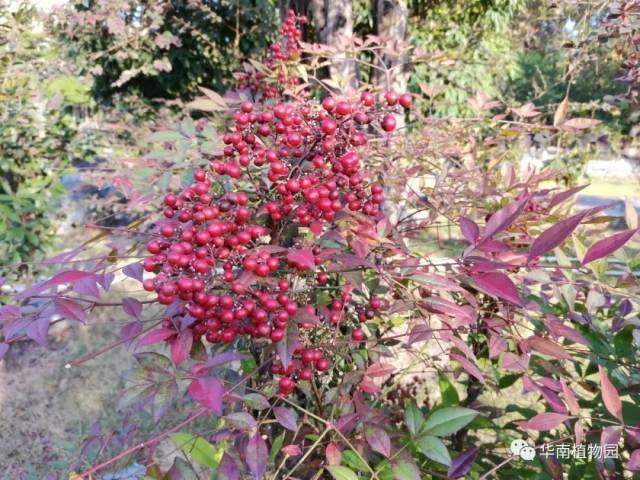Nandina grows in many scenic spots and parks, which is a common ornamental plant. It is distributed in Guangdong, Guangxi, Sichuan, Guizhou, Jiangxi, and Fujian provinces.
As the Spring Festival approaches, it is the time for nandina to bear fruit. The red fruits look attractive and quite festive. However, be careful not to pick or eat it!

Due to its beautiful plants, bright fruits, and strong adaptability to the environment, Nandina is often used in the garden landscape and planted in the shade of trees next to rocks, in front of the courtyard or in the corner. It is also used to make bonsai and decorate the indoor environment.
It has medicinal value, but people can not use it on their own. It should be used under the guidance of a doctor based on syndrome differentiation.
Nandina is poisonous all over. Large intake of Nandina can easily cause congestion and bleeding in the lungs, pleura, and trachea, which can lead to death.
Nandina contains cyanide, which, if ingested in large amounts, can lead to cyanide poisoning if consumed in large quantities, and paralyze the nervous system.
In particular, its red fruits contain various alkaloids, such as nandinaine, which are not only toxic to humans but also to other herbivores.
Author | Hannah
Editor | Nan, Monica, James
















